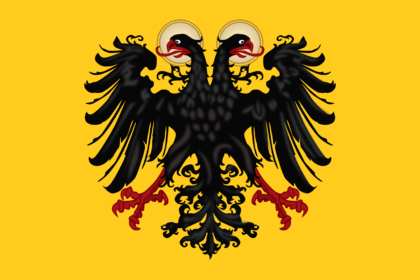Henry VIII, King of England from 1509 to 1547, is remembered for his troubled marriages and the resulting rift between the Catholic Church and the English state. But Henry VIII was also the ruler of an England that was willing to mediate the conflict between Charles V and Francis I during the crucial Reformation period in Europe. Anglicanism was formalized during Elizabeth I’s reign, Henry VIII’s daughter, as a response to the crisis with Rome. The expansion of the British navy finally began during her reign.
Henry VIII: The heir of the Tudors
Neither Henry VIII nor his daughter Elizabeth were the first direct heirs to the throne. His father, King Henry VII, did not hesitate to name him as the distant heir to the fabled king of the same name because he was the second son of the monarch and second only to Arthur, the sovereign’s favorite son. Henry VII was under pressure to secure his throne, so he wed Arthur to Catherine of Aragon, a daughter of the Catholic Kings. They wed in 1501, both were only sixteen at the time, and their union was celebrated in England as a boon for both countries. However, it wasn’t until Thomas More praised Catherine for having all the qualities that make a delightful young girl beautiful that the English truly accepted the young couple.
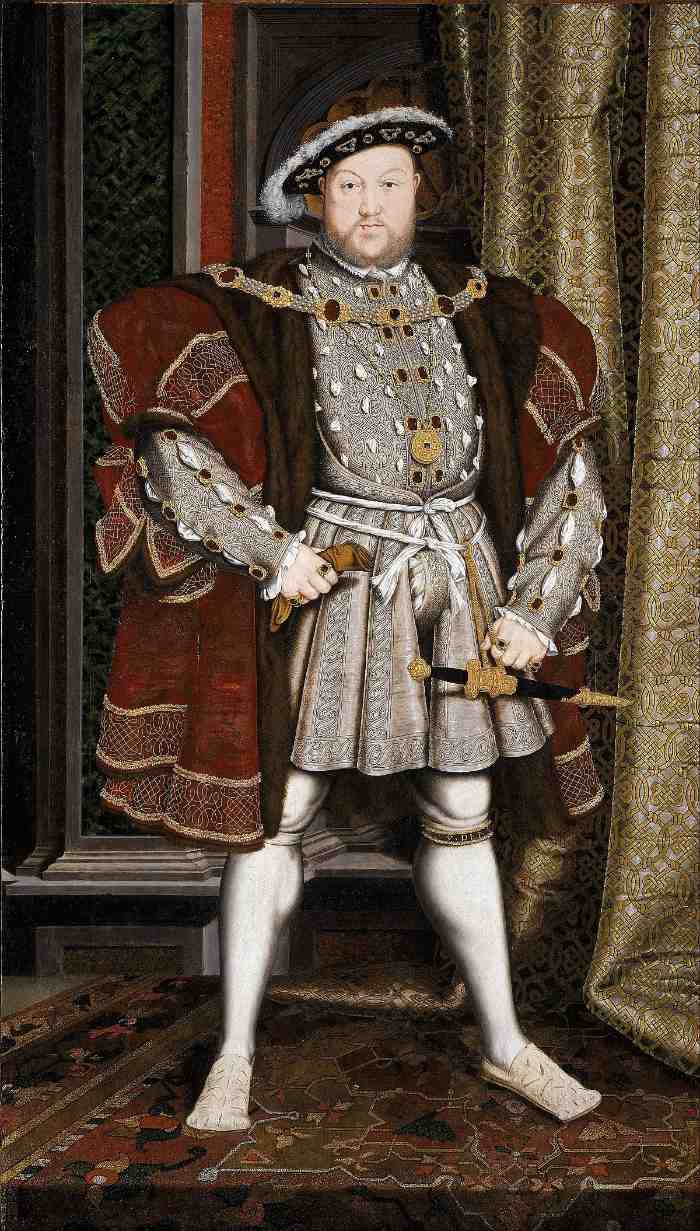
But then there’s a dramatic interruption. Arthur’s young age and poor health led to his untimely demise just five months into his marriage. After getting over his loss, the English monarch negotiated with Isabella the Catholic to agree to remarry her daughter to the new heir, Henry. In 1503, they became engaged and were required to tie the knot before the future monarch turned fifteen. Through this alliance, Spain hoped to have indirect influence over England. When Henry VII passed away in April 1509, things grew more problematic. His son became king of England and was forced to marry Catherine against his will and amid some suspicions. He did, after all, take his late brother’s widow as his own. In June of 1509, the couple exchanged vows, and two weeks later, on July 2, they were crowned at Westminster.
Unlike his introverted and religious father, the young king was just as legitimate and well-liked. Henry VIII was youthful, tall, and attractive and, in Thomas More’s opinion, could be the next messiah. But did he have what it took to be a leader?
The king’s entourage

Henry VIII, who had just recently ascended to the throne, made the opposite decision from his father. He immediately executed those he deemed corrupt, like Edmund Dudley and Richard Empson, while releasing certain political captives. Then he thought back on Marquis Thomas Grey, whom his father had banished. The chancellor, Archbishop William Warham of Canterbury, and Bishop Richard Foxe remained in his administration, though. Henry VIII’s initial goal as king was exploitation rather than leadership.
On the other hand, the king was able to surround himself with capable individuals, even if he wasn’t afraid to get rid of some of them, at times rather dramatically. It is possible to cite Thomas More, Thomas Wolsey, and Thomas Cromwell on this. Henry VIII, however, was intent on using his position as monarch for his own glorification and advancement to the level of his European rivals. In a short amount of time, the global setting presented him with an opening.
The break with Rome
Henry VIII’s break with the Catholic Church was the most contentious event of his reign. But there were a lot of factors at play, not just a passing fancy to be hitched again. It’s important to note that between 1511 and 1514, the king’s relationship with Catherine of Aragon was strained, as was his relationship with Catherine’s father. The Spanish were hoping for a peaceful prince, but Henry VIII was proving to be anything but that. In addition, he criticized the queen for failing to provide him with a son (a boy was born to them in 1511, but he lost him to illness a few weeks later); nonetheless, in 1516, a girl named Mary (Mary I of England) was born to them. When Henry fell in love with Anne Boleyn, events quickly escalated.
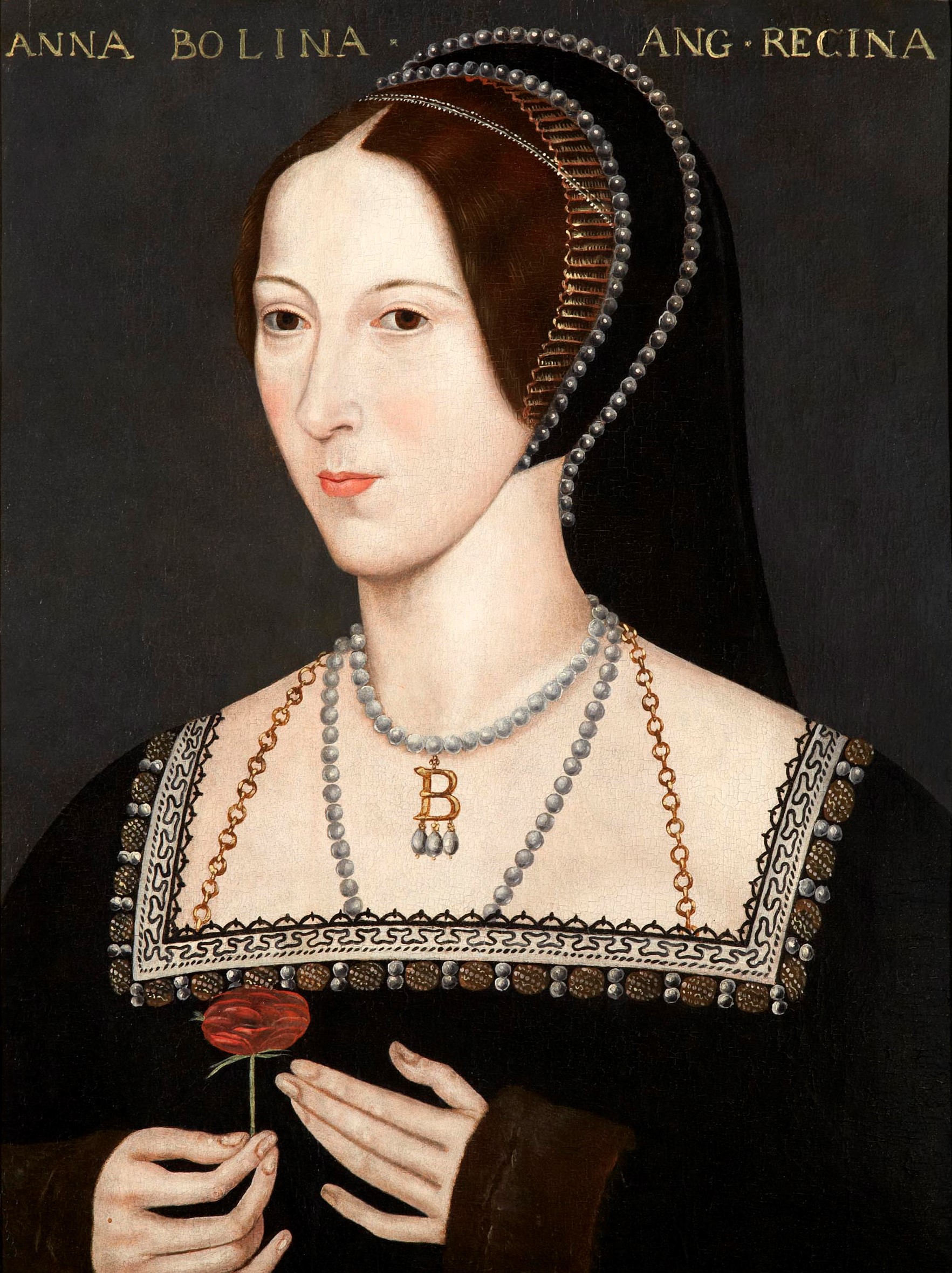
During this period, the Reformation spread across Europe, including England. If though Henry VIII battled it with all his might, establishing himself as the “Defender of the Faith,” he did not ally himself with the Pope, whose supremacy he began to question, or with Wolsey’s support.
Henry VIII’s decision to annul his marriage to Catherine of Aragon in 1527 marked a turning point. The move sparked outrage in Rome and Spain, and under Emperor Charles V, Wolsey was tasked with negotiating with Pope Clement VII on behalf of King George II of England. Henry VIII and Charles V’s (who refused to marry Mary Tudor) political and power disputes intermingled with the legal system. After a number of years marked by the scandal surrounding Wolsey, the success of More, and particularly Cromwell, the pope decided on the latter.
“Of which we recognize his majesty as the singular protector, the only and supreme lord, and, as far as the law of Christ allows, even the supreme head of the English church and clergy,” said Archbishop Thomas Cranmer of Canterbury in 1531. During Henry VIII’s reign, Cranmer played a pivotal role in establishing the Church of England as a distinct entity from the Roman Catholic Church. He revised numerous breviary and liturgical books from the Middle Ages and the modern day to prepare the way for the Prayer Book, the liturgical book of the Church of England.
In 1534, with the schism fueled by Henry VIII’s Act of Supremacy, the Pope excommunicated him.
The foreign policy of Henry VIII

French expansionism and internal strife in Italy both began toward the end of the 15th century. Henry VIII, feeling pressured to make his international debut and seeing an opportunity to advance his status, joined the League that Pope Julius II had formed against Charles VIII’s successor Louis XII in 1511. It wasn’t until 1513, however, that he was able to finally set foot in France and seize Thérouanne during the Battle of the Spurs. In this way, his triumph could be portrayed as the new Agincourt (the Battle of Agincourt), and a propaganda campaign could be launched in his honor.
The Scots’ menace prevented him from enjoying the fruits of his triumph, however, and he had to return to England quickly. There, he was hailed as the next Henry V and given a heroic reputation throughout his country. Most of his reign was devoted maintaining a delicate balance between France and the Empire on the continent.
Henry VIII’s goal was to make England a superpower, but he also posed as a prince to compete with other princes, especially the French monarch Francis I, who had a similar appearance. The two monarchs met in the Field of the Cloth of Gold (Camp du Drap d’Or) in June 1520 to compete in lavish displays. In the wake of Francis I’s defeat at Pavia (1525), however, Henry sided with the emperor and drew closer to him through the Treaty of Westminster in 1527. Henry VIII’s plan was ultimately unsuccessful in solving the papal problem. Even after Francis I of France was released from his imprisonment, his power was marginal, both in comparison to the Empire and to France.
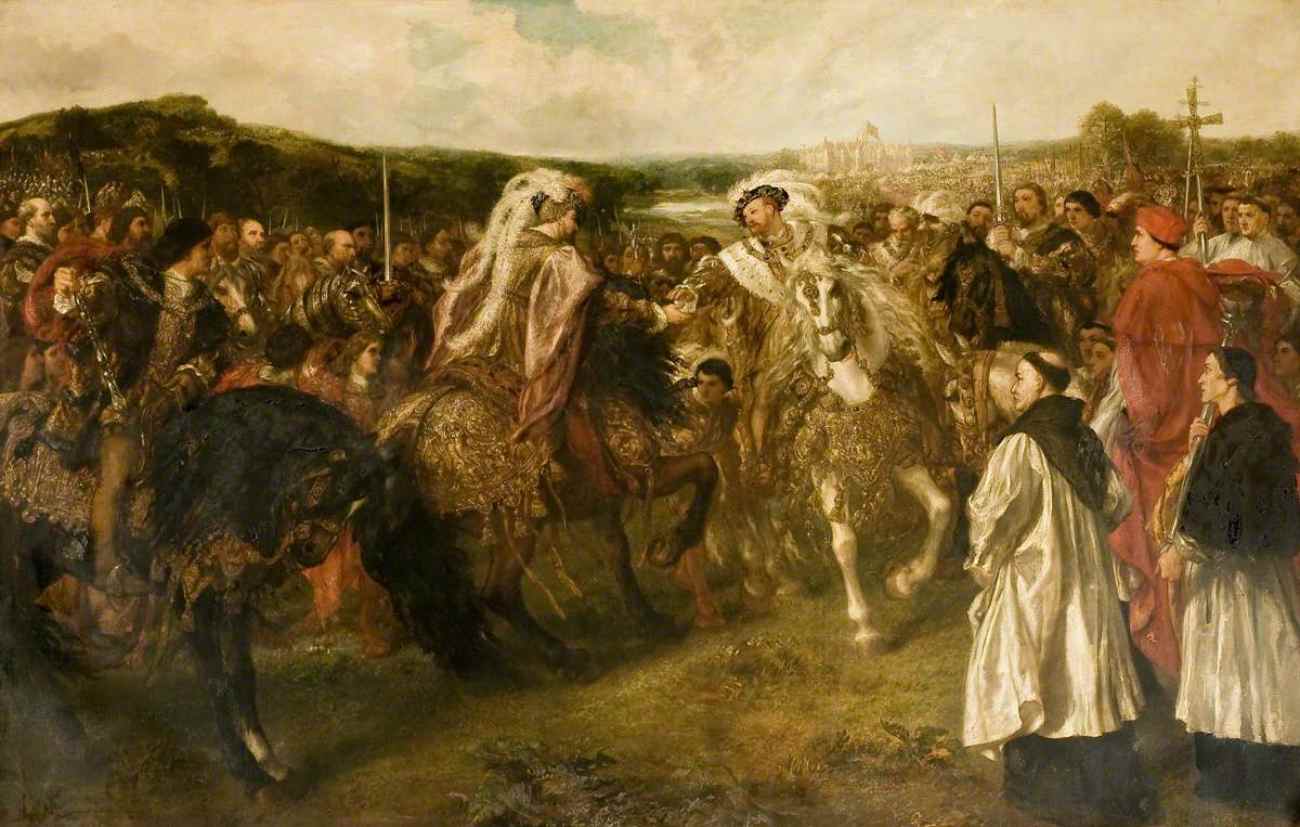
From 1530 until 1542, England abstained from participating in international affairs. New military wars with France and Scotland occupied Henry VIII until 1546. Although he was married to a French princess, James V of Scotland wreaked havoc on England’s borders, causing Henry VIII to renew hostilities with Scotland’s ally, Francis I.
Henry VIII won the Battle of Solway Moss against the Scots in 1542 and two years later seized the French city of Boulogne. Even so, the strategic victories were merely temporary; Boulogne was ceded to the French only two years later, and despite the English advances, Scotland maintained its independence. While Wales was linked to the Crown (the Act of Union of 1536) and Henry VIII was crowned King of Ireland (1541), Scotland was the last state in the British Isles to break away from English rule.
Last but not least, while Henry VIII may have given England a fighting chance against his enemies’ ambitions, he was ultimately no match for them. Even worse, his actions drained the realm of its resources.
Henry VIII and his wives
In 1533, after his “divorce” from Catherine of Aragon, King Henry VIII was free to formally begin an affair with Anne Boleyn. Although he had hoped for a boy, she gave birth to a daughter named Elizabeth. Anne’s miscarriage in 1536 further strained their relationship. The queen’s rep was also getting worse and worse. King Henry VIII pounced on the opportunity to get rid of her, and she was put to death in 1536 on charges of incest and adultery.
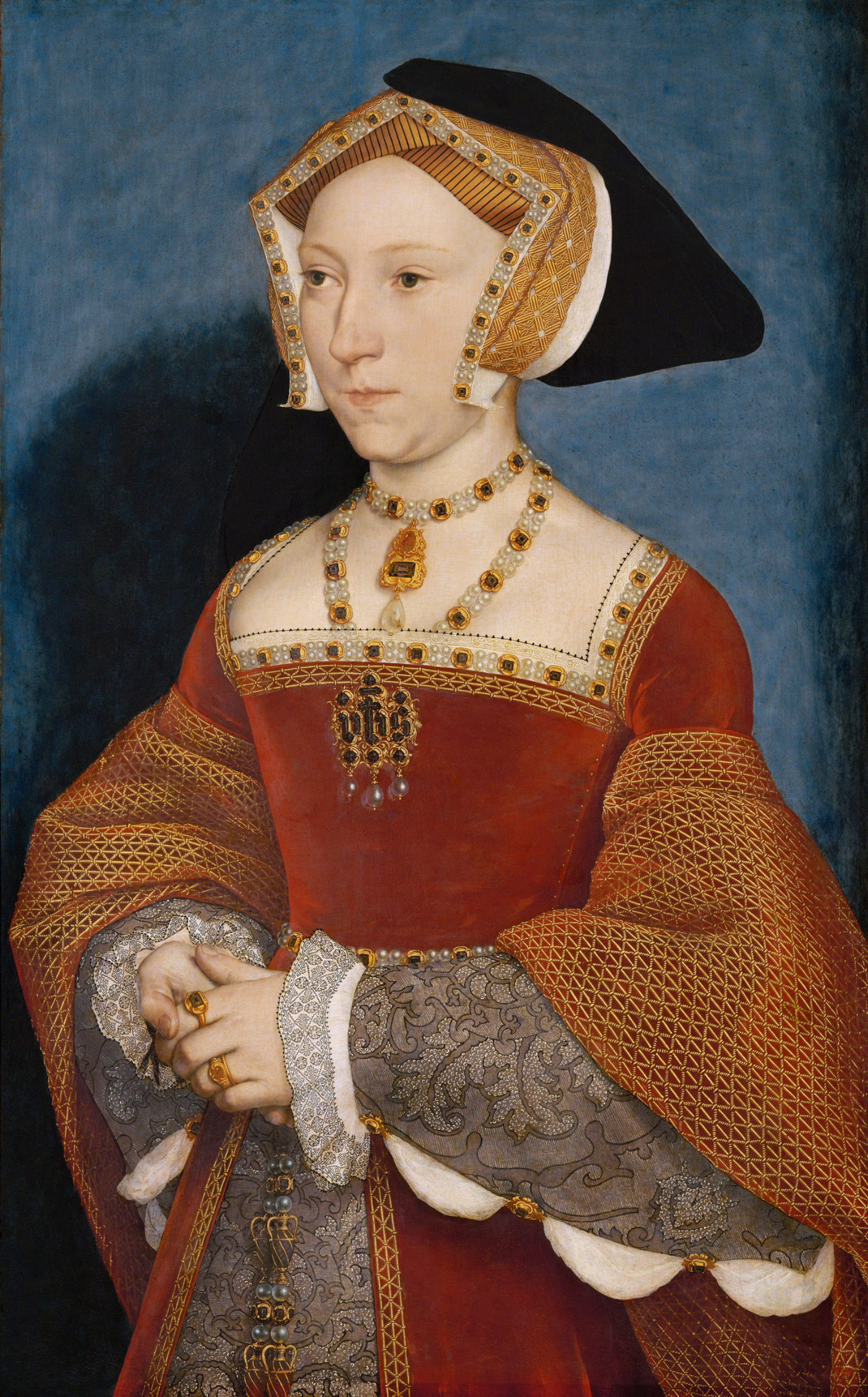
And then the king’s eyes fell upon Jane Seymour, and he fell in love with her. In 1537, she gave birth to their son, Edward. She passed away that same year, sadly. Henry VIII never really recovered. Henry VIII’s fourth marriage, to Anne of Cleves, was a political one intended to bring the English Catholics closer to the German Protestants. Several months later, the queen was rejected. Henry VIII, feeling old and feeble, sought the rejuvenating influence of Catherine Howard in 1540. And the queen was executed in February 1542, as were her presumed lovers. Catherine Parr, the last of the lucky women, gave Henry VIII a sense of stability. She outlived him by a year following the king’s death, and the couple had mutual regard for one another.
The fall of Henry VIII
The King Henry VIII’s relationship with his advisors became fraught after the fall of Thomas Wolsey. So, in 1535 and 1540, for often murky reasons, both Thomas More and his adversary, Thomas Cromwell, were put to death. Henry VIII’s popularity had long since faded, and the England was buckling under taxes to support the wars, but he continued the purges and increasingly governed alone until the end of his reign. After suffering an injury during a tournament, he not only mentally but also physically began to decline, becoming morbidly obese, impotent, and an absolute nightmare for his entourage.
This made the death of Henry VIII on January 28, 1547, all the more welcome. When he went, the kingdom was peaceful and divided. His son Edward (1547–1553) and Mary Tudor, sometimes known as “Bloody Mary” for her bloody conversion to Catholicism, briefly ruled after him. In the end, Anne Boleyn’s daughter Elizabeth I (1558–1603), who became one of England’s greatest rulers and elevated her country to global prominence, was unable to ensure the continuation of the Tudor line and died without a legitimate heir. Her father, meanwhile, attained legendary status.
THE KEY DATES OF HENRY VIII
November 17, 1511: Treaty of Westminster between Ferdinand II of Aragon and Henry VIII of England
Henry VIII of England joined the Holy League on November 17, 1511, when he signed the Treaty of Westminster with Ferdinand II, the Catholic. The Holy League was a coalition against King Louis XII of France that included Pope Julius II and Holy Roman Emperor Maximilian I. Henry VIII, at age 20, crossed the English Channel to go to war. However, he eventually abandoned the alliance and made peace with France in 1514.
June 7, 1520: The meeting at the Camp du Drap d’or (Field of the Cloth of Gold)
French King Francis I and English King Henry VIII met in the region of Calais. The King of Spain had been elected emperor under the name Charles V the previous year, therefore, this assembly mainly focused on preserving the balance of power in Europe and deciding how to respond to the Holy Roman Empire. With the imperial treasures at his disposal, Francis I sought to sway King Henry II of England to form an alliance with France. At the Field of the Cloth of Gold, he gave him the royal treatment with all the pomp and circumstance at his disposal. Francis I may have felt he’d come out ahead after this encounter, but Henry VIII’s reconciliation with Charles V just two weeks later nullifies any gains.
July 1529: King Henry VIII asks for a divorce
Legal proceedings to dissolve Henry VIII’s union with Catherine of Aragon began in London on July 1, 1529. King Henry VIII divorced Queen Catherine of Aragon on the grounds that he was in love with Anne Boleyn and she could never have children. The cardinals Wolsey and Campeggio were given the case, and after listening to all sides and trusting the pope’s judgment, they rule against granting the divorce.
January 25, 1533: Marriage of Henry VIII of England and Anne Boleyn
King Henry VIII of England and Anne Boleyn were married again on January 25, 1533. After hearing that Henry VIII’s second wife was expecting, celebrations were planned, as was the English custom. A few months before, they had been brought together in deepest secret by Francis I, King of France.
7 September 1533: Birth of Elizabeth I
Henry VIII hurriedly wed Anne Boleyn so that he might have a son as king. Exactly one year later, on September 7 of the following year, Anne gave birth to a baby girl. Henry was devastated to learn that Elizabeth was a girl. Elizabeth’s mother was a victim of Cromwell’s intrigues and was hanged three years later on false charges of adultery and incest, which led to Elizabeth being labeled an illegitimate child. She was third in line to the throne after her half-brother Edward (Henry VIII’s son with his third wife) and her half-sister Mary Tudor, born ten years later under the Act of Succession. Elizabeth was raised as a Protestant yet received a top-notch education because of her intelligence alone. After the murders of Edward VI and Mary I, sometimes known as “Bloody Mary”, in 1558, Elizabeth was reinstated as monarch of England. A total of 44 years (until 1602) passed under her rule.
May 19, 1536: Henry VIII had his wife beheaded
Henry VIII, King of England, finally had his second wife, Anne Boleyn, murdered after he could no longer stand the accusations of infidelity leveled against her. Catherine Howard, one of the king’s other four wives, was killed for adultery in 1542. From 1558 on, Elizabeth I, the daughter of Anne Boleyn and Henry VIII, would continue to run the kingdom.
June 28, 1539: Henry VIII promulgates the Statute of the Six Articles
On June 28, 1539, Henry VIII of England issued the Six Articles Act. Thus, Henry VIII revived his persecution of the Protestants in an effort to maintain the primacy of the Anglican church while keeping faithful to Catholic teaching. Hugh Latimer, the bishop of Worcester, refused to sign it and was thus removed from his position and imprisoned numerous times at the Tower of London on heresy charges.
1541: Henry VIII, King of Ireland
Henry VIII, King of England, also ruled Ireland. Attempts to impose Protestantism by Henry VIII, author of the Act of Supremacy a few years earlier, led to uprisings among the indigenous people. He took their land and used that as a means of repression.
February 12, 1542: Execution of Henry VIII’s fifth wife
Henry VIII was duped by Catherine Howard, his fifth wife, and had her executed. His first wife, Anne Boleyn, was killed for incest in 1536, the same year he himself was beheaded. Henry VIII married Catherine Parr, a devout Protestant, in 1543. He plans on making her his final wife.
January 28, 1547: Death of Henry VIII
Henry VIII, monarch of England for 38 years and six times married, passed away at Westminster Palace. Two of his wives, Anne Boleyn and Catherine Howard, were executed for adultery during his reign. Wales was also attached to the English throne at this time. Finally, the Anglican Reformation and the resulting rift with the Roman Catholic Church signaled the end of his reign. His son with his fourth wife, Jane Seymour, became King Edward VI when he was 9 years old.
Bibliography:
- Christopher Hibbert, Ben Weinreb, Julia Keay et John Keay, The London Encyclopaedia, 2010 (ISBN 978-1-4050-4925-2).
- Robert Hutchinson, Young Henry : The Rise of Henry VIII, Macmillan, 2012. (ISBN 978-1-250-01261-6, link).
- David Loades, Henry VIII : Court, Church and Conflict, The National Archives, 2009. (ISBN 978-1-905615-42-1).
- G. J. Meyer, The Tudors : The Complete Story of England’s Most Notorious Dynasty, Presidio Press, 2010. (ISBN 978-0-385-34076-2).
- T. A. Morris, Tudor Government, Routledge, 1999. (ISBN 978-0-203-98167-2, link).





